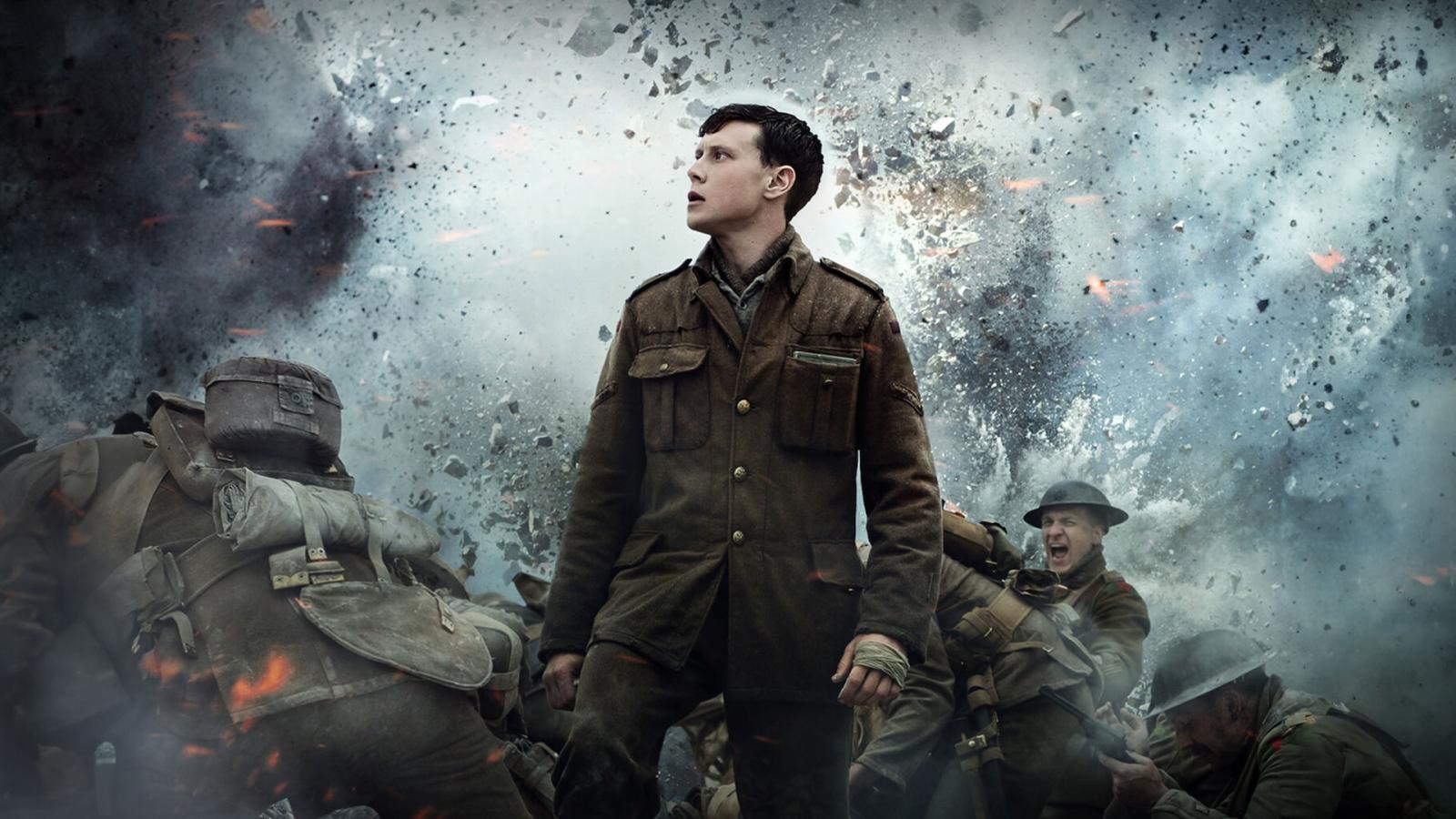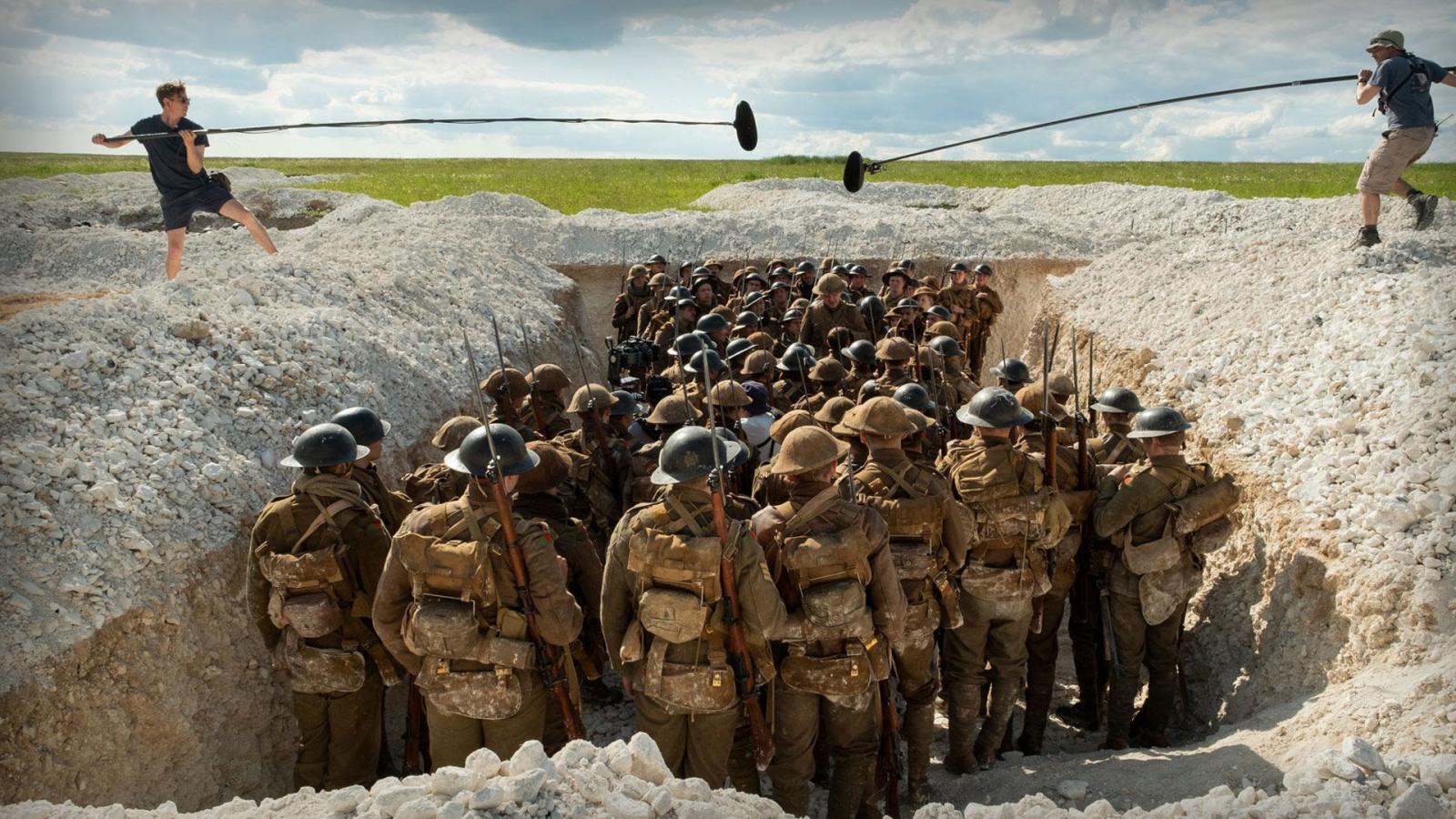This $446M WWI Movie Still Beats Every War Film Since Saving Private Ryan

It's been over two decades since Saving Private Ryan set the modern standard for war movies. But when Sam Mendes released 1917, that standard suddenly didn't feel so untouchable.
What looked on paper like a stripped-down World War I mission movie turned into a box office hit, an awards darling, and a technical knockout that critics immediately placed in Spielberg territory — and six years later, it still hasn't been topped.
With a production budget reportedly between $90 and $100 million, 1917 brought in a global total of $446.1 million. For a bleak, dialogue-light war epic with no franchise ties and no major crowd-pleasing moments, that's extraordinary.

And it wasn't just audiences who showed up — Observer critic Rex Reed called it "the best war picture since Saving Private Ryan."
So what made it stick?
For Mendes, 1917 was personal. He dedicated the film to his grandfather, Alfred Mendes, whose stories from his time in the British army inspired the plot. The central characters — two Lance Corporals tasked with hand-delivering a message across enemy lines — are fictional, but the essence is rooted in family memory and real history. The entire movie unfolds in a way that mimics a single unbroken shot, following the men in real time through a maze of chaos, mud, and impossible decisions.
And that immersive, moment-to-moment structure is exactly what turned a straightforward premise into something unforgettable.

Here's what else helped turn 1917 into the most successful war film of the last two decades:
- It was shot by legendary cinematographer Roger Deakins, who won an Oscar for his work.
- The film also won Academy Awards for Best Visual Effects and Best Sound Mixing, along with 7 other nominations including Best Picture and Best Director.
- The cast includes George MacKay and Dean-Charles Chapman as the leads, with appearances by Benedict Cumberbatch, Richard Madden, Colin Firth, and Mark Strong.
It's worth noting that 1917 isn't the kind of war movie that thrives in casual home viewing. Mendes packed the frame with visual details and sound design that reward big-screen attention. Yes, you can watch it on a laptop, but you'll lose the tension, the scale, and the overwhelming sense of dread that defines the experience. The movie was built for theaters — or at least a giant screen and a good pair of headphones.
Critics praised its technical execution, but audiences connected to its emotional core. Mendes isn't interested in making superheroes out of soldiers. The film's strength comes from its restraint: these are quiet, scared young men doing a job that no one should have to do. And through every explosion and every whispered conversation, 1917 keeps that emotional line clear and intact.